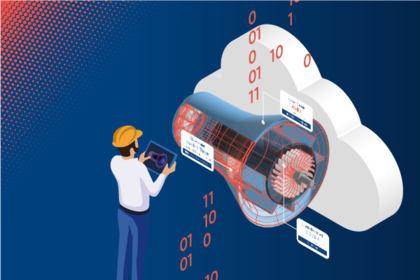Technical Documentation: The Most Important Standards
Let us start by saying that you can never tell from the outside which standards will be of relevance to a technical writing team. The guidelines that need to be applied to the documentation differ from one sector or product to the next. There are also various national standards that apply to different target markets, so a standards search will only be reliable if it is carried out within the individual company. There are, however, a number of guidelines that are important for all technical documentation. We will introduce six of these standards briefly today.

1. IEC/IEEE 82079-1 – the documentation standard
The primary standard for technical writers is IEC/IEEE 82079-1 dating from 2019. This supersedes the DIN EN 62079:2001 standard, which used to be the basis for all types of technical documentation. IEC/IEEE 82079-1 provides standards for creating instructions for all types of product. It also defines the qualifications that technical writers need to have.
2. VDI guideline 2770 – simplified exchange of documents
This guideline standardizes the quality of the information that manufacturers provide. This is especially important in machinery and plant construction since, in this industry, components, devices, and machines from different manufacturers are assembled to create complex systems. This integration also concerns the product documentation. VDI guideline 2770 creates a framework for this, at the same time streamlining the incorporation of manufacturers’ documentation into plant operators’ IT systems.
3. ISO 20607 – additional requirements for machinery manufacturing
In addition to the general standards, there are other standards that are aimed at specific sectors. One of the best-known set of rules for this purpose is ISO 20607, which focuses on the instructions for machinery manufacturing. The risk associated with machinery is much greater than the risk associated with software products, for example. For this reason, ISO 20607 imposes additional, and sometimes more stringent, requirements compared to ISO/IEEE 82079-1.4.
4. ISO 2651x – software documentation for target groups
There is a whole group of standards that covers software documentation, specifically ISO standards ISO 26511 to ISO 26515. The individual sets of rules are aimed at different target groups, so they include standards for authoring managers, authoring service buyers, and so on. The last two standards in the series are aimed at those who create the actual instructions (ISO 26514) and at technical authors who work in agile teams (ISO 26515).
5. ISO/AWI 21999 – increased quality in translations
A large proportion of instructions are translated. In most cases, it is not the technical writers who provide the translation; it is generally outsourced to technical translation agencies. But then how can the quality of the translation be checked and guaranteed? The ISO/AWI 21999 standard provides the answers.
6. iiRDS – the standard for digitalization
DIN and ISO also publish standards that are worthy of note. With iiRDS, tekom – the association for the technical communication industry – has compiled such a standard. iiRDS describes how instructions and other product documentation find their way into digitalized environments. It provides a framework that allows any product communication to be integrated accurately into digitalized machines and working environments.
The list of standards of relevance to technical writing does not end there. Not at all. For example, there are standards for writing units of measurement (DIN 1301-1), for chapter arrangement and numbering (DIN 1421), or standards with rules for writing and layout (DIN 5008). Each technical writing team must therefore decide for itself which standard is relevant, and to what extent.


